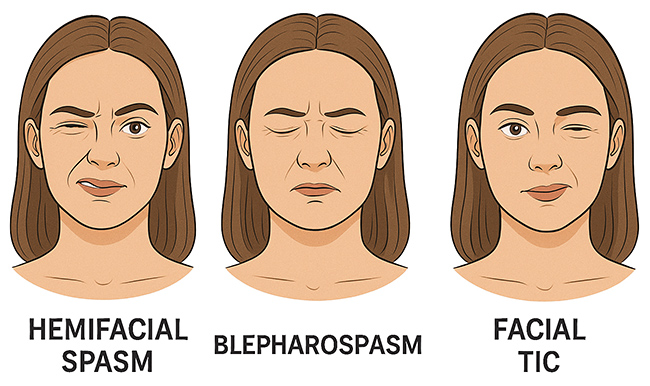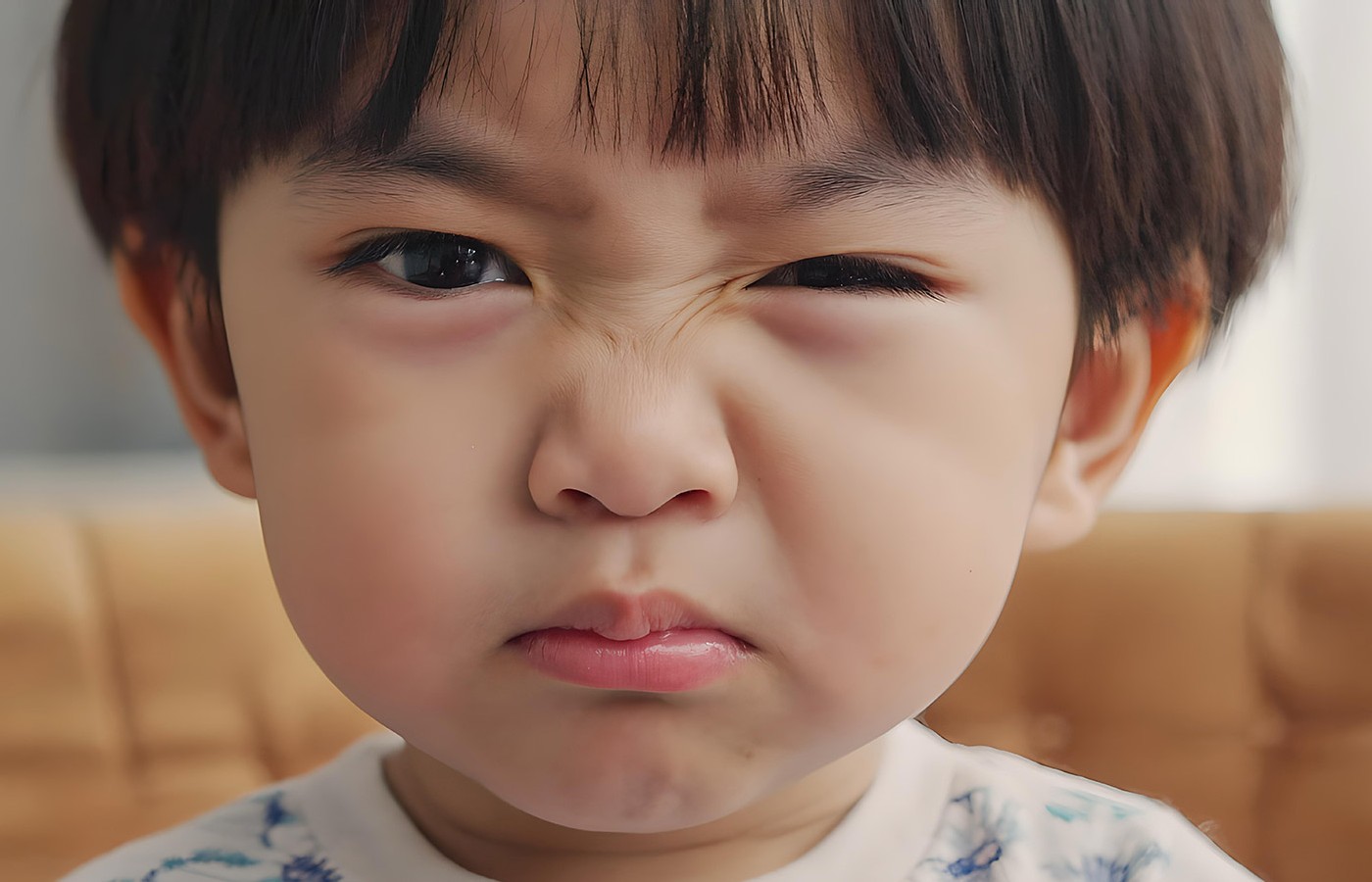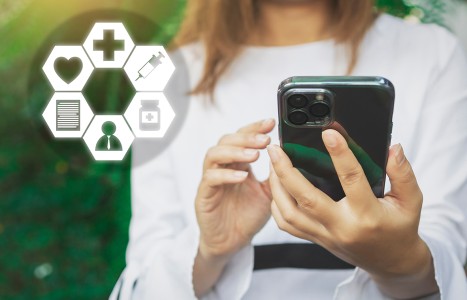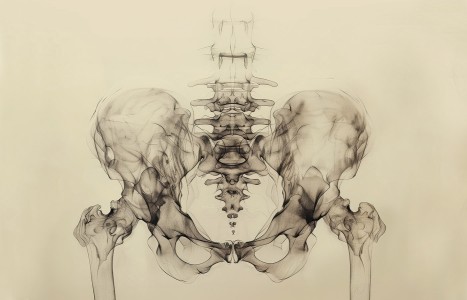People today want convenience, whether it be from their bank, credit card, favorite retail store, or restaurant. They demand it from the companies who hold their loyalty, including their health care providers (you). They don’t want to call and possibly be put on hold, and they want to use an app or schedule an appointment on your website. Here are three reasons your practice can gain by switching to online appointment scheduling.
Understanding Facial Spasms and Tics
Facial movements are essential for communication, expression and function. But when these movements become involuntary, they can lead to conditions that are not only physically uncomfortable, but also socially and emotionally distressing. Today, we’re taking a closer look at three common facial motor disorders – blepharospasm, hemifacial spasm and facial tics – and how both Western medicine and TCM view and treat them.
Blepharospasm
Blepharospasm is a form of focal dystonia involving the orbicularis oculi muscles. It causes involuntary, forceful contractions of the eyelids, often leading to excessive blinking or even temporary inability to keep the eyes open. It typically affects both eyes (bilateral).
- Muscles: Orbicularis oculi
- Movement Type: Sustained, repetitive eyelid closure
- Voluntary Control: Not suppressible
- Triggers: Bright light, fatigue, stress
- Sleep Impact: Symptoms usually stop during sleep
Hemifacial Spasm
Hemifacial spasm involves involuntary twitching or contractions on one side of the face, often beginning near the eye and spreading to the mouth and jaw. It is usually caused by vascular compression of the facial nerve (cranial nerve VII).
- Muscles: All facial muscles on one side (frontalis, orbicularis, zygomaticus, etc.)
- Movement Type: Irregular spasms or twitches
- Voluntary Control: Not suppressible
- Triggers: Movement, fatigue, stress
- Sleep Impact: Can persist during sleep, unlike the others
Facial Tic
Facial tics are sudden, brief, repetitive, and non-rhythmic movements like eye blinking, nose wrinkling or mouth twitching. They often begin in childhood and are commonly linked to conditions such as Tourette syndrome or anxiety.
- Muscles: Varies – typically eyes, mouth, nose
- Movement Type: Tic (sudden, jerky)
- Voluntary Control: Temporarily suppressible
- Triggers: Emotional stress, excitement, fatigue
- Sleep Impact: Tics generally disappear during sleep
Western Viewpoint
From a biomedical standpoint, blepharospasm is treated with botulinum toxin (Botox) injections, muscle relaxants or in some cases, surgery. Hemifacial spasm may also be treated with Botox, but persistent cases often require microvascular decompression surgery. Facial tics are often managed with behavioral therapy, and sometimes medications such as antipsychotics, clonidine or antidepressants.
TCM Perspective
In TCM, these conditions are understood through the lens of liver wind, qi and blood stagnation, and internal imbalances affecting the sinews and meridians. Treatment is tailored to the individual, but generally includes acupuncture, facial motor points and scalp acupuncture.
General Patterns:
- Blepharospasm: Internal wind from liver yin or blood deficiency, or liver yang rising
- Hemifacial Spasm: Qi or blood stagnation, often with wind or phlegm blocking the channels
- Facial Tic: Wind stirred by emotional stress, liver qi stagnation, or spleen deficiency affecting the shen (spirit)

Final Thoughts
Facial motor disorders like blepharospasm, hemifacial spasm and facial tics can disrupt a person’s daily life and emotional well-being. While Western medicine offers tools like Botox and surgery, traditional Chinese medicine provides a holistic approach that addresses the root imbalance – helping to calm the nervous system, smooth the flow of qi, and restore harmony to the face and spirit. Whether used individually or in combination, both Western and TCM approaches can offer powerful relief.
Editor’s Note: For a deeper dive into treating hemifacial spasm, facial tics and other neuromuscular facial conditions, explore Michelle’s book, Treating the Face: A Comprehensive Guide for Acupuncturists and Health Professionals, or check out her classes on treating neuromuscular facial conditions.



